Tejas Mk-1A Set To Join IAF In March, Deployment At Nal Airbase In Rajasthan Facing Pakistan
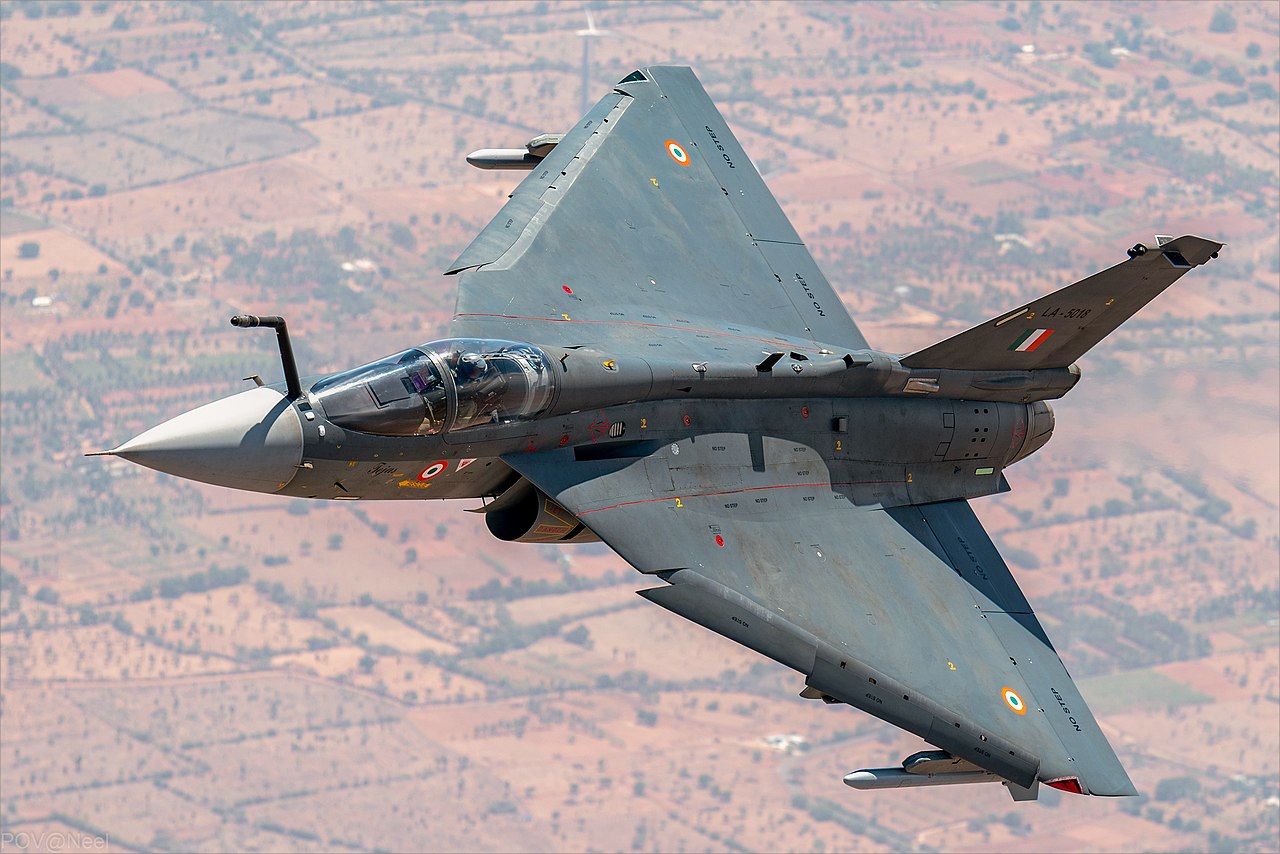
- The Tejas Mk-1A was designed and built in India, and more than 65 percent of its parts are made in India.
- The Tejas Mark 1A is a very strong and capable plane, and it makes us believe in the abilities of the Indian defense industry.
The Nal Air Force Base (AFB) in Bikaner, Rajasthan, which is close to the border with Pakistan, will be home to India’s own light combat aircraft (LCA), the Tejas Mark 1A.
The Indian Air Force (IAF) can now buy an extra 97 Tejas Mk-1A planes, bringing the total number of planes they can buy to 180. The Indian Air Force should get its first Tejas Mk-1A by February or March of next year.
The Chief of the Air Staff, Air Chief Marshal (ACM) VR Chaudhari, called this a “landmark event.”
Chaudhari said that the IAF already has 40 LCAs from earlier batches that have both initial operational clearance (IOC) and final operational clearance (FOC).
He said that when the Tejas Mark 1A is added to the IAF’s fleet, it will have 220 of these planes, which is enough to make almost ten squadrons.
“We had 40 LCAs of the first IOC and FOC versions already.” In the long run, this will give the IAF 220 LCA Mark 1As, which is enough to equip almost ten squadrons, the Chief said.
Also, the ACM stressed that the Tejas Mark 1A is a great choice to replace the old MiG 21 jets.
“The Tejas Mark 1A is a very strong and capable plane, and it makes us believe in the abilities of the Indian defense industry.” “It shows how strongly we believe in Aatmanirbhar Bharat (self-reliant India) and making sure that a lot of the things we have in stock are made in India,” the Air Chief said.
The Tejas Mk-1A was designed and built in India, and more than 65 percent of its parts are made in India. It has about 40 big and small changes that make it better than Mark 1.
One of these improvements is the Uttam active electronically scanned array (AESA) radar, which was made by the DRDO and greatly increases the range of targets it can find and its ability to avoid being jammed. One improvement is that the turnaround time after each sortie is now shorter.

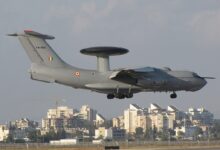
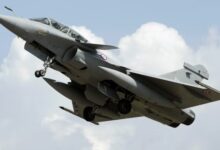

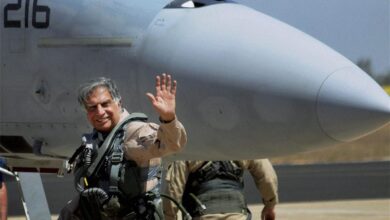
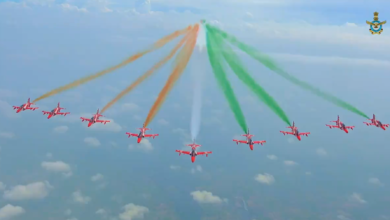

Facebook Comments